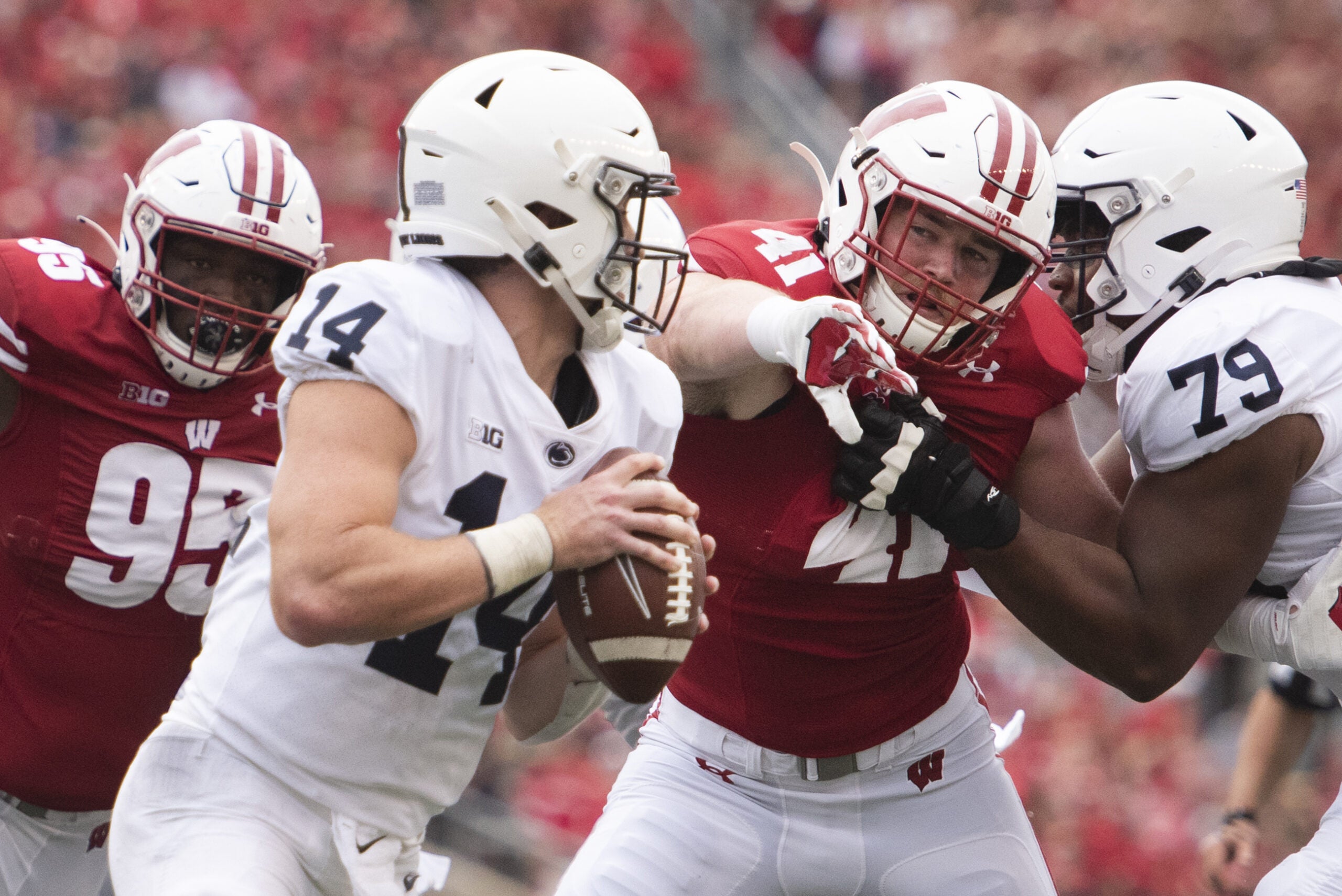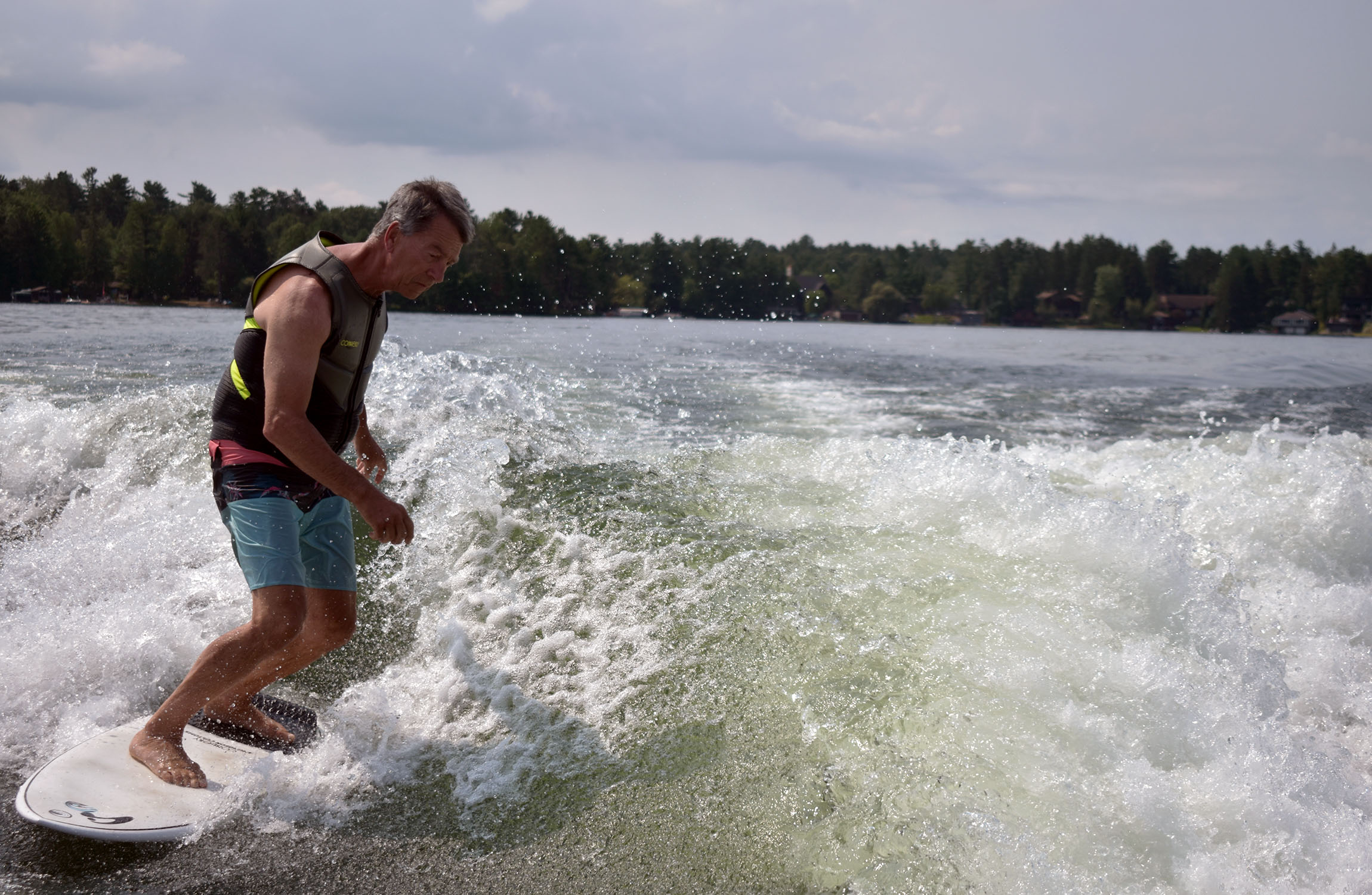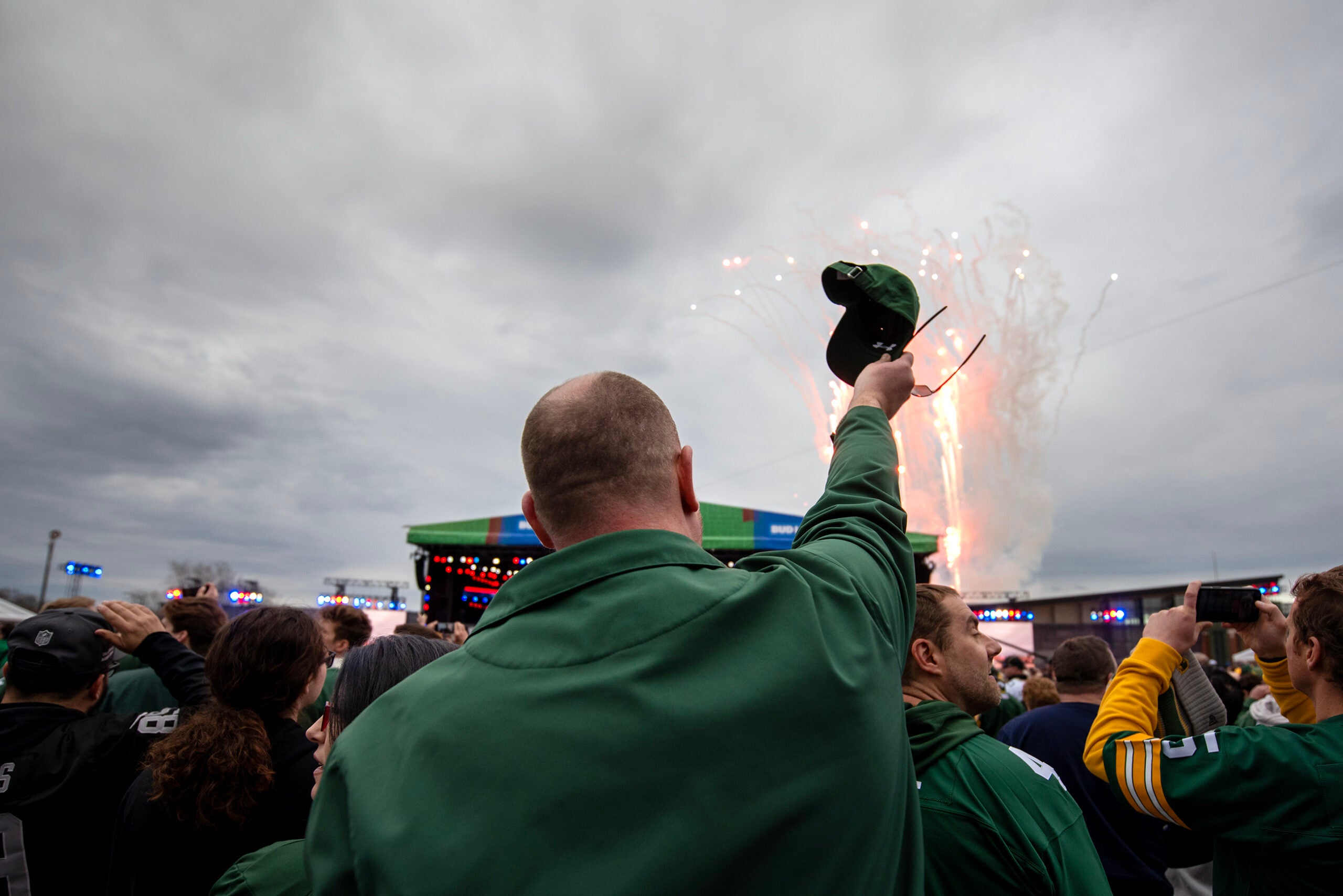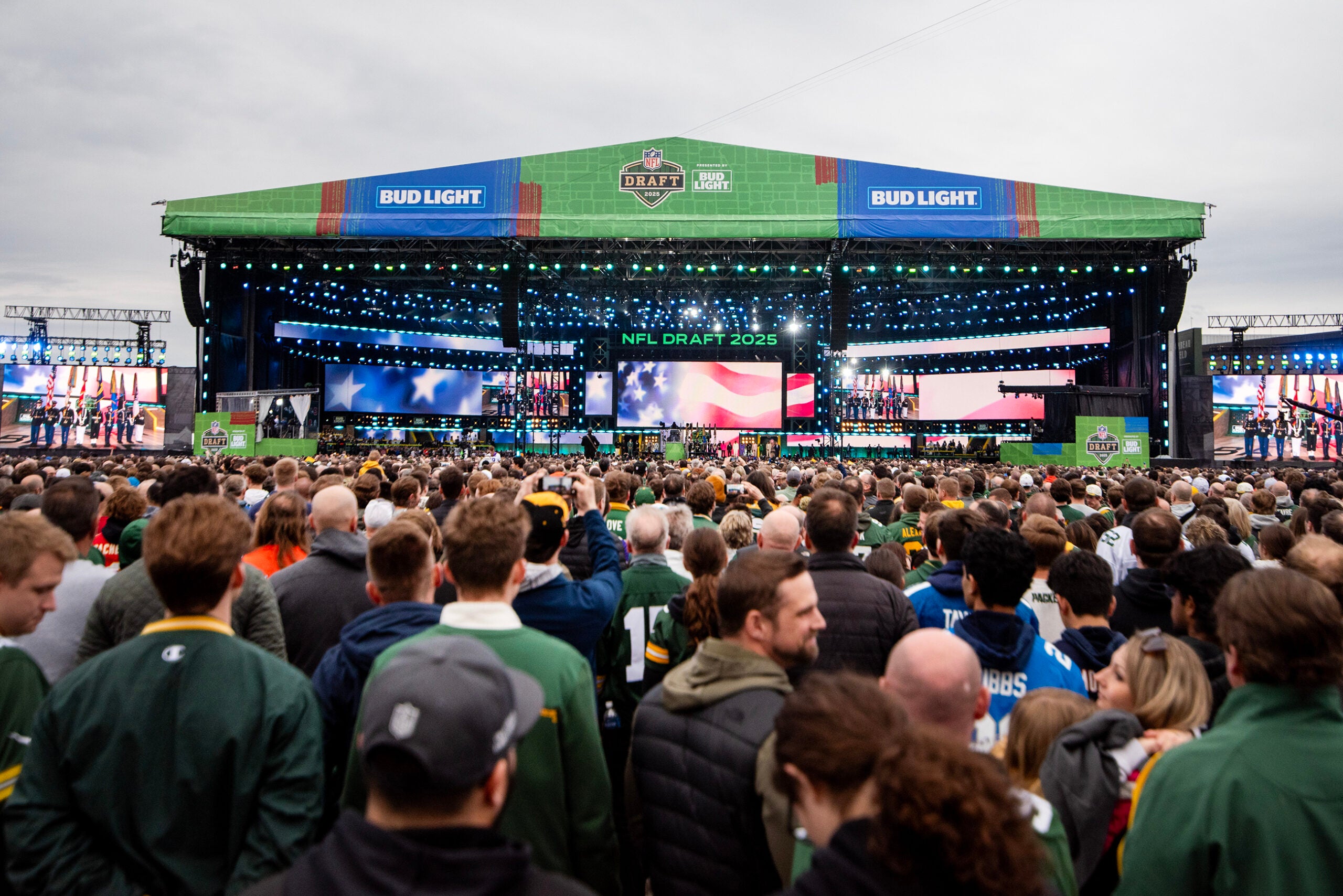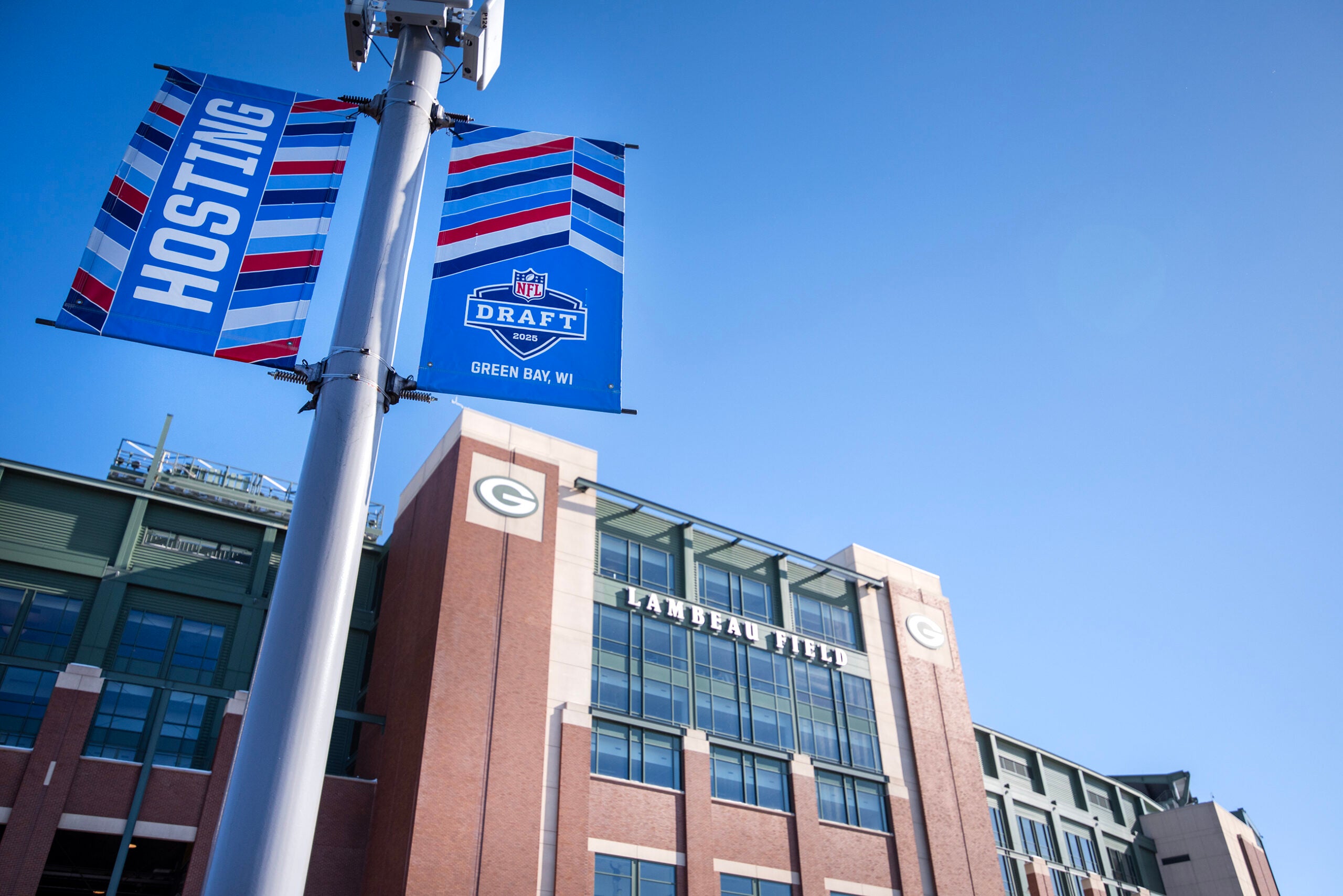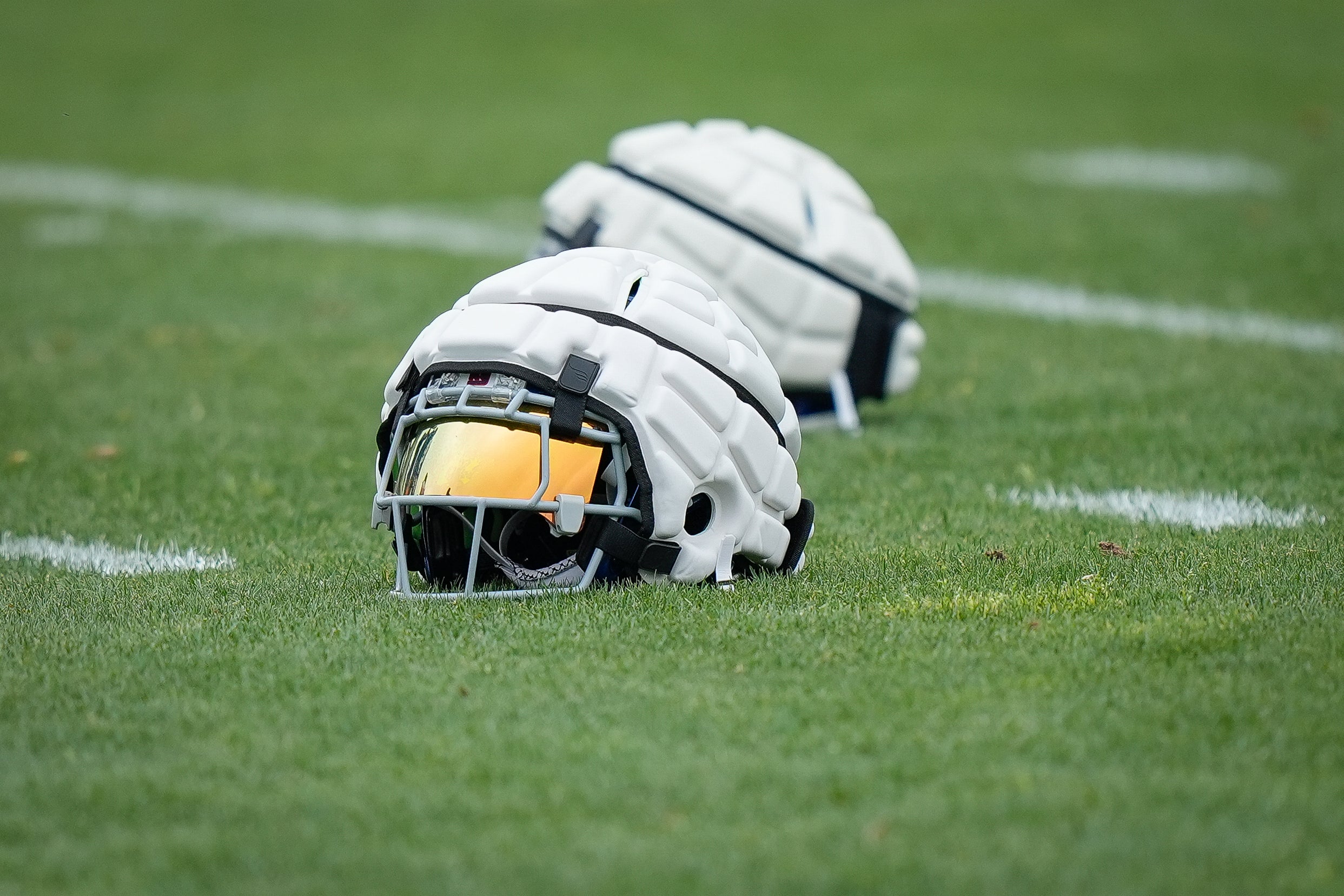The NFL announced a partnership last week with the University of Wisconsin-Madison and three other research universities to study head impacts during football games and practices using mouthguards fitted with sensors.
Scientists have learned a lot over the last decade about sports-related concussions and their effects, said Dr. Dan Cobian, an assistant professor in the Department of Orthopedics and Rehabilitation at UW-Madison. But this project will help them better understand the types of impacts that lead to concussions.
Much research has taken place in laboratories, “but less is known about the magnitude, the total volume, the direction of impacts experienced on the field of play,” he said.
News with a little more humanity
WPR’s “Wisconsin Today” newsletter keeps you connected to the state you love without feeling overwhelmed. No paywall. No agenda. No corporate filter.
Cobian said the mouthguard is a pretty cool device, and that linemen and tight ends at UW-Madison have been wearing them this season.
“Unless you looked closely at it, you would just think you were holding a standard mouthguard,” Cobian said.
A series of embedded sensors wrap around the front teeth, allowing researchers to “quantify or measure the head and neck movement” of the players who are wearing the mouthguard, he said.
This isn’t the first tool that’s been used to measure impacts during practices and games. But the mouthguards fit tightly in place, so there’s less “accessory movement” than there might be if a sensor is placed in the helmet or on the skin, he said.
“If we placed a sensor on the skin of the neck or something like that, there would be enough kind of soft tissue movement there that we would get a less accurate measurement,” he said. “So that’s the idea with this kind of system, to improve the accuracy of these types of measurements.”
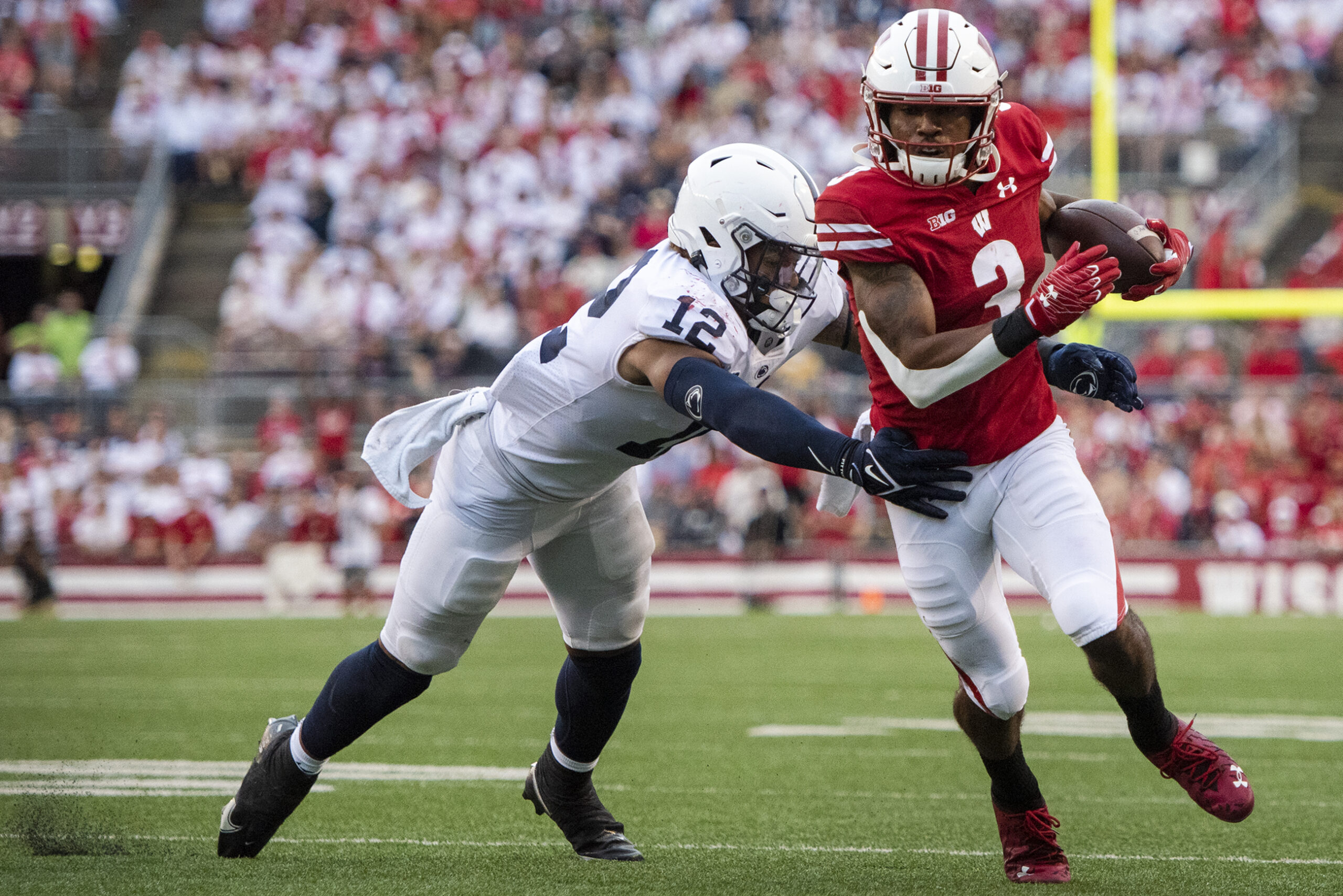
Researchers will look at the cumulative data collected over the course of this season. For example, they may consider whether it makes players more susceptible to concussions if they sustain more head impacts over the course of a season, Cobian said.
But scientists can also look at individual hits. The players in the study are also wearing GPS units, so researchers can see how fast they’re moving, and there’s video from games and practices to look at, Cobian said. With these tools, researchers can reconstruct specific plays.
“So we’re kind of pairing all these data sources together to be able to try to characterize the types of impacts that may lead to sports-related concussions,” he said.
UW-Madison has collaborated with the NFL on previous projects, and this work stemmed from that existing relationship, Cobian said. It’s a team effort — from the designer of the mouthguards to the athletic trainers to the athletes who are volunteering to participate, he said.
According to the NFL, the mouthguards collect information on impact speed, direction, force, location and severity.
Ten NFL teams already use the technology. The University of Alabama, the University of North Carolina and the University of Washington are also taking part in the study.
Wisconsin Public Radio, © Copyright 2025, Board of Regents of the University of Wisconsin System and Wisconsin Educational Communications Board.

